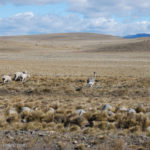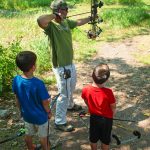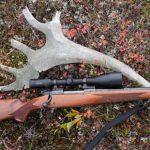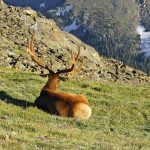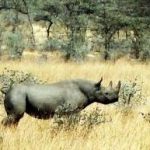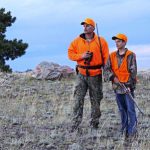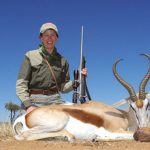The West’s iconic gamebird staves off an ESA listing… for now.
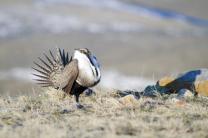
It was a huge victory for one of the most ambitious multi-state conservation efforts ever undertaken: In September, the US Fish & Wildlife Service decided NOT to add the greater sage grouse to the federal endangered species list. But the sage grouse is not even close to being out of the woods yet, and an ESA listing could still happen unless the work continues.
Sage grouse populations are in steep decline because the sagebrush ecosystem of the American West is disappearing fast—paved over, burned off, mined, overgrazed, and generally used and abused by an ever-expanding human population. While the grouse has taken the biggest hit, the vanishing sagebrush habitat is also affecting big-game populations, including mule deer, pronghorn, and elk.
But it was the threat of an ESA listing for sage grouse—which would have resulted in restrictions and onerous rules for miners, developers, and ranchers—that spurred a massive collaborative effort to stave off a listing. The Sage Grouse Initiative, as it is called, brought together scientists, ranchers, nonprofits, and officials from industry and government to work on a landscape-wide solution to saving sagebrush and the iconic grouse.
And by all accounts, it’s working. A report by the USDA last year showed that an impressive 4.4 million acres of sage grouse habitat has been restored since the launch of the initiative in 2010, and bird numbers have started to come up in the past couple of years. Working together to establish conservation easements, remove invasive trees, and improve grazing practices has gone a long way toward improving the outlook for the sage grouse, and the US FWS apparently agreed when it announced that an ESA listing for the bird was “not warranted.”
Federal officials seemed to recognize that this collaborative approach—a “carrot”—works better than the unpleasant “stick” of federal regulation, and fans of the initiative hope that it could represent a new paradigm for conservation efforts going forward.
“[This] decision reflects the joint efforts by countless ranchers and partners who have worked so hard to conserve wildlife habitat and preserve the Western way of life,” said U.S. Agriculture Secretary Tom Vilsack. “Together, we have shown that voluntary efforts joining the resources of private landowners, federal and state agencies, and partner organizations can help drive landscape-level conservation that is good for sage-grouse, ranching operations, and rural communities. Through the comprehensive initiatives on both public and private lands, the partnership has made and will continue to make monumental strides in supporting the people and wildlife that depend on the sagebrush landscape.”
The ultimate success of the effort, however, remains to be seen. Development, resource extraction, invasive plants, and wildfires all represent continuing threats to the sagebrush ecosystem in the West. Public/private partnerships need to continue their efforts to improve habitat on private land. Congressional funding will have to be made available to BLM and other federal agencies to implement conservation plans on public lands. The collaborative approach has been shown to work, but it’s crucial that none of the players drop the ball now that the immediate threat is past. It’s in everyone’s interest to conserve and restore the great sagebrush landscape of the American West and the wildlife that calls it home.

